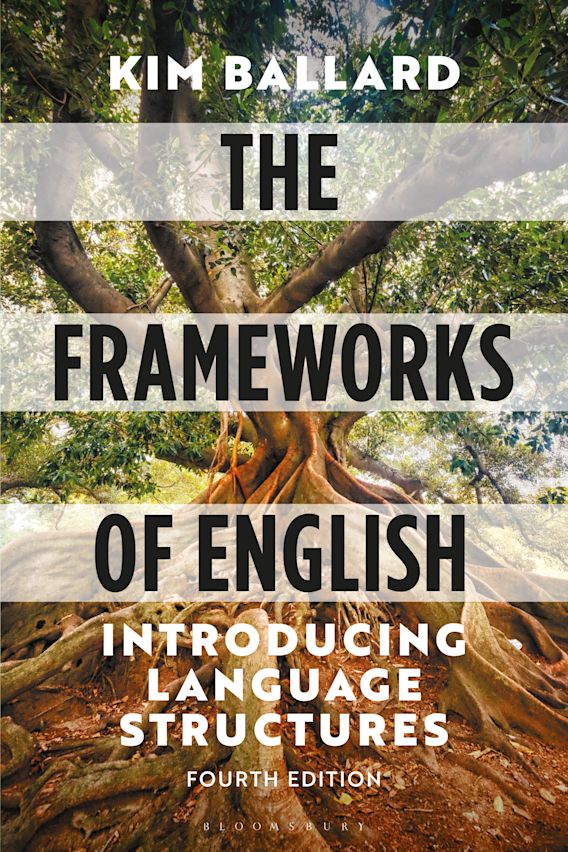



johndoe@gmail.com
Are you sure you want to reset the form?
Your mail has been sent successfully
Are you sure you want to remove the alert?
Your session is about to expire! You will be signed out in
Do you wish to stay signed in?
Question 1 (Consolidate)
We saw in Section 10.7 that /r/ often surfaces between vowels as an additional element of connected (non-rhotic) speech. In the following examples, identify the position in which /r/ could occur as the result of this liaison, and decide whether each example is an instance of linking r or intrusive r. Do you notice anything else of interest?
| 1 | ‘The Murder of Roger Ackroyd’ |
| 2 | ‘a galaxy far far away’ |
| 3 | banana oil |
| 4 | store up trouble |
| 5 | forearm |
| 6 | sawing some wood |
| 7 | law-abiding |
| 8 | five-star event
|
Answer/discussion
The locations of linking r (indicated by ↓):
| 1 | ‘The Murder↓of Roger↓Ackroyd’ |
| 2 | ‘a galaxy far far↓away’ |
| 4 | store↓up trouble |
| 5 | fore↓arm |
| 8 | five-star↓event
|
The locations of intrusive r:
| 3 | banana↓oil |
| 6 | saw↓ing some wood |
| 7 | law↓-abiding
|
Example 1 (the title of a novel by Agatha Christie) has two possibilities for linking r. All six of the linking r locations occur between a word that would end in [-r] in a rhotic accent, but isn’t usually articulated in RP. However, the /r/ would definitely surface in an inflected or derived form of some of these words, namely murderer, storing and starring.
Of the examples of intrusive r, 6 and 7 show that /r/ can surface not just between words in connected speech, but within a word (derived, compound or inflected) where there is no consonant at a syllable boundary.
Question 2 (Explore)
The segment /r/ is not the only sound that occurs in liaison. Two other approximants, /j/ and /w/, can also perform a linking function, although usually only a faint quality of these sounds is detectable. From the following examples, work out the phonological contexts in which /j/ and /w/ can occur, focussing on the vowels that precede them. (They are represented below with superscript symbols.)
| /j/ | free up | [friːj ʌp] |
| fly over London | [flaɪj əʊvə lʌndn̩] | |
| don’t annoy Anna | [dəʊnt ənɔɪj ænə] | |
| /j/, /w/ | staying power | [steɪjɪŋ paʊwə] |
| /w/ | queue up | [kjuːw ʌp] |
| plough on | [plaʊw ɒn] | |
| hello everyone | [hələʊw evriwʌn] |
Answer/discussion
The palatal approximant /j/ can be found after the long vowel /iː/ or after the short vowel /ɪ/ when it occurs as the second element in a diphthong. These vowels are both front vowels articulated with the tongue close to the hard palate, so the palatal approximant arises naturally in this position.
Similarly, the bilabial approximant /w/ is found after the long vowel /uː/ or after the short vowel /ʊ/ when it occurs as the second element in a diphthong. Again, the tongue is raised towards the palate for these vowels, but the fact they are both back vowels causes /w/, which has a secondary velar quality, to surface as the linking segment.

.